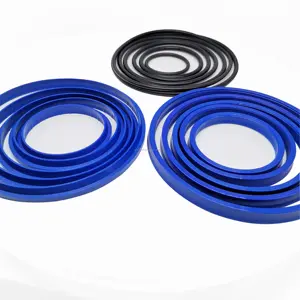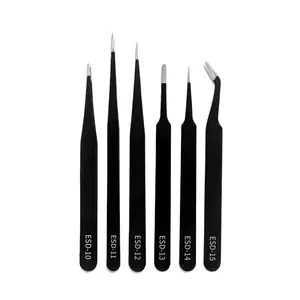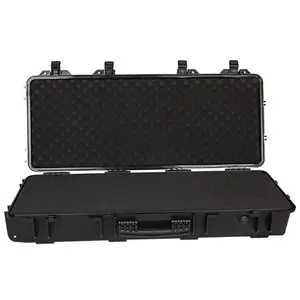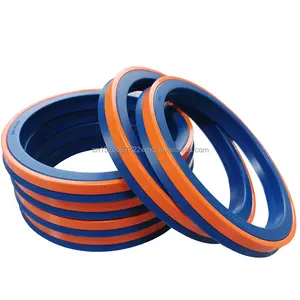Popular in your industry























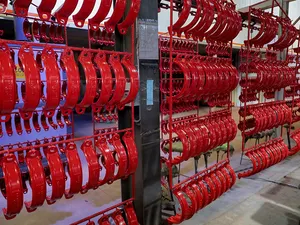










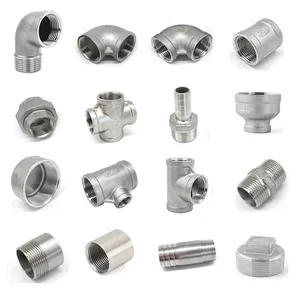










































Related Searches:






















































































































Top categories
About mechanical coupling pipe joint
Understanding Mechanical Coupling Pipe Joints
Mechanical coupling pipe joints are integral components in the construction of robust and reliable piping systems. These joints serve as the connectors that facilitate the assembly and secure attachment of pipe segments, ensuring a seamless and efficient network for fluid transportation. Mechanical coupling joints are designed to accommodate various pipe materials and diameters, providing versatility across multiple applications.
Types and Applications
The diversity of mechanical coupling joint types is vast, catering to different pressures, temperatures, and fluid characteristics. Common types include rigid, flexible, and reductive couplings, each serving a unique purpose within industrial, commercial, and residential infrastructures. The application of a 6 mechanical joint coupling is often seen in systems requiring frequent disassembly or systems that must endure dynamic loads or thermal expansion.
Material Insights and Features
Materials used in mechanical coupling pipe joints are selected based on the fluid they will transport. PVC, a popular choice, offers a smooth internal wall surface to minimize flow resistance and is favored for its lightweight nature and cost-efficiency. Conversely, copper fittings are chosen for their corrosion resistance and are particularly suitable for underground applications due to their durability against external factors.
Components and Advantages
Beyond the basic coupling, additional components like P-traps and pipe caps play crucial roles in system integrity and functionality. P-traps, for instance, are essential for maintaining hygiene by trapping water to prevent sewer gas ingress. Pipe caps are utilized to terminate lines or protect threads, ensuring system safety and integrity. The advantages of using a mechanical coupling joint include ease of installation, maintenance, and the ability to withstand the demands of the conveyed fluids.
Selection Considerations
Selecting the appropriate mechanical coupling pipe joint is critical and depends on the system's operational requirements. Factors such as fluid type, pressure, temperature, and environmental conditions dictate the suitability of a joint. The correct selection ensures longevity and reliability, reducing the need for frequent replacements or repairs.
Conclusion
In conclusion, the choice of a mechanical coupling pipe joint is a pivotal decision in the design and functionality of pipe systems. The selection process must consider the specific requirements of the application to ensure a harmonious and efficient flow within the system. With a comprehensive range of materials and types, these joints are tailored to meet the diverse needs of piping infrastructures globally.
